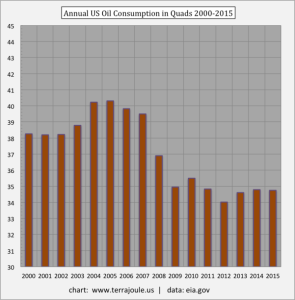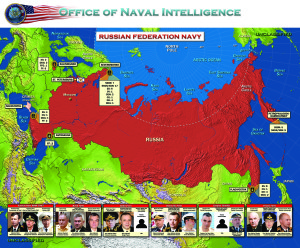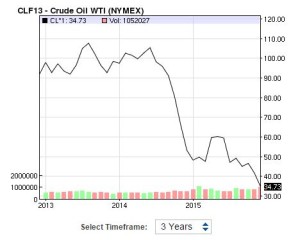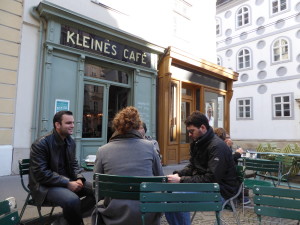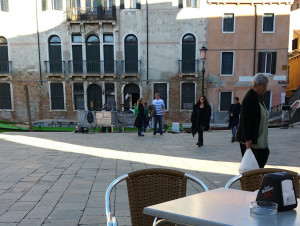
Venice is a space station.
Hear me out. I’m not saying this just to accept the Mary McCarthy Challenge (“Nothing can be said here (including this statement) that has not been said before.”).
The picture above is of the Campo San Barnaba. You can just see a boat in green, with some carts in front of it.
Those carts are for trash. Venetians put out their trash every day in bags, and carts like those are pushed by hand to come along and pick them up. The mechanical arm that’s also just visible on the boat picks up the cart, the bottom falls out, and the trash goes into the hold of the boat.
Why?
Because everything in Venice comes in by boat, and everything has to go out by boat.
Yes, there’s the Piazzale Roma, where the buses come in, and its garage. But even then, to get to anyplace in the city itself, it has to be transferred to a boat.
The fire department (Vigili del Fuoco). Police. Ambulances. Groceries. Packages. Produce. Mass transit. All of these we saw as boats, at one point or another on our visit.
The boats orbit the city, like a hazy swarm of fireflies.
And if the boats are the shuttle pods of the city, the railway coming into Ferrovia Santa Lucia is the space elevator. Tying the city to the mainland by means of the causeway.
Others have commented on how Venice is without cars. That carlessness also plays into the space station nature of the town — one is forever going up and down stairs, down narrow passageways, seeing the boats just in the corner of one’s eye, or one rides on the vaporetti through the tunnels of the Grand Canal, the Giudecca Canal, or the northern edge by the Fondamenta Nove.
Another aspect that’s like a space station is how Venice is fully urbanized, edge to edge of the archipelago. Others have commented on this, but it makes the calli and canali seem all of a piece, all going to the skin where Venice meets the laguna.
Venice is of the Earth, but not on the Earth. Tethered, but floating. That it floats on water instead of in space is immaterial.
Venexia is a space station.


